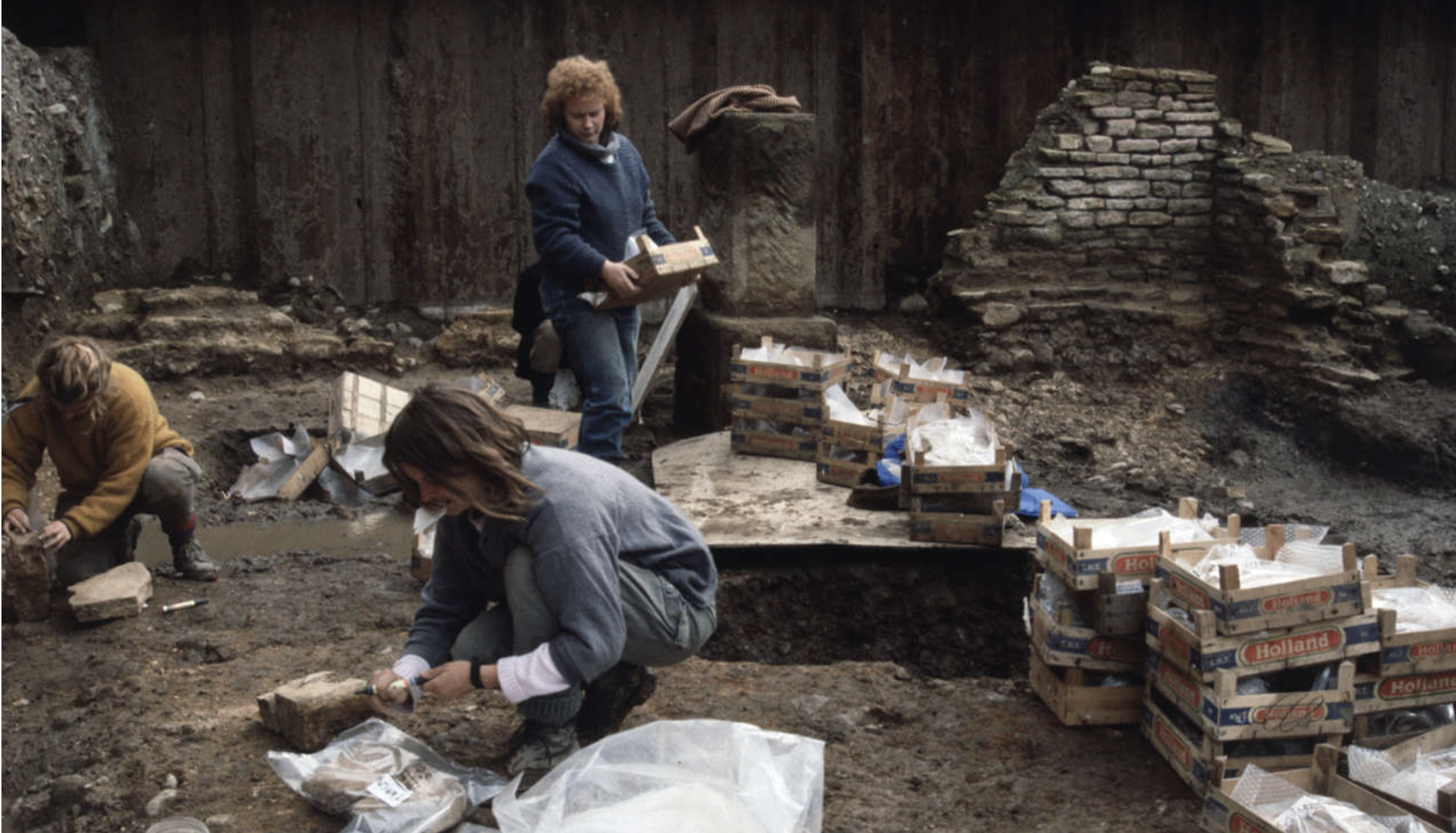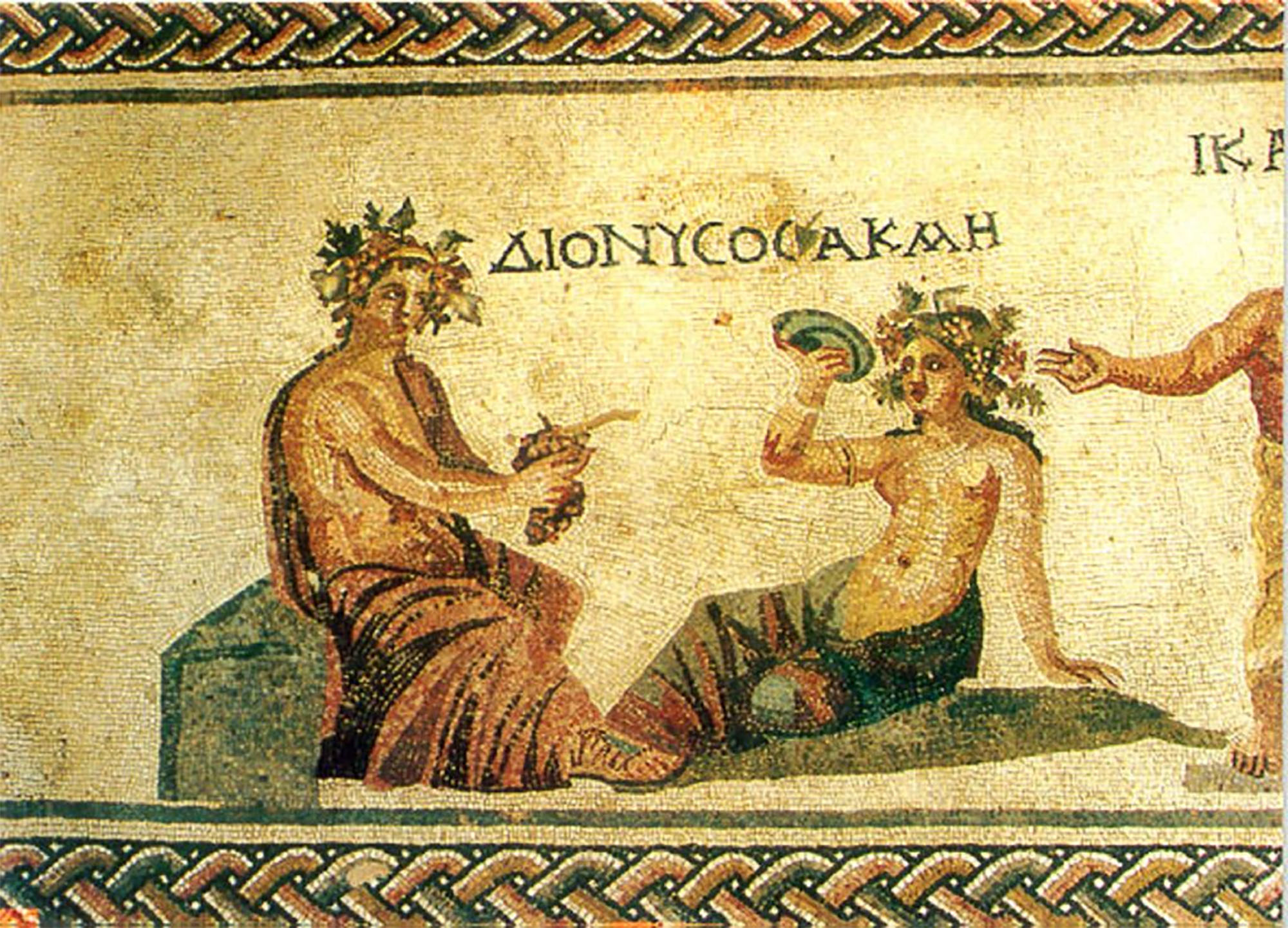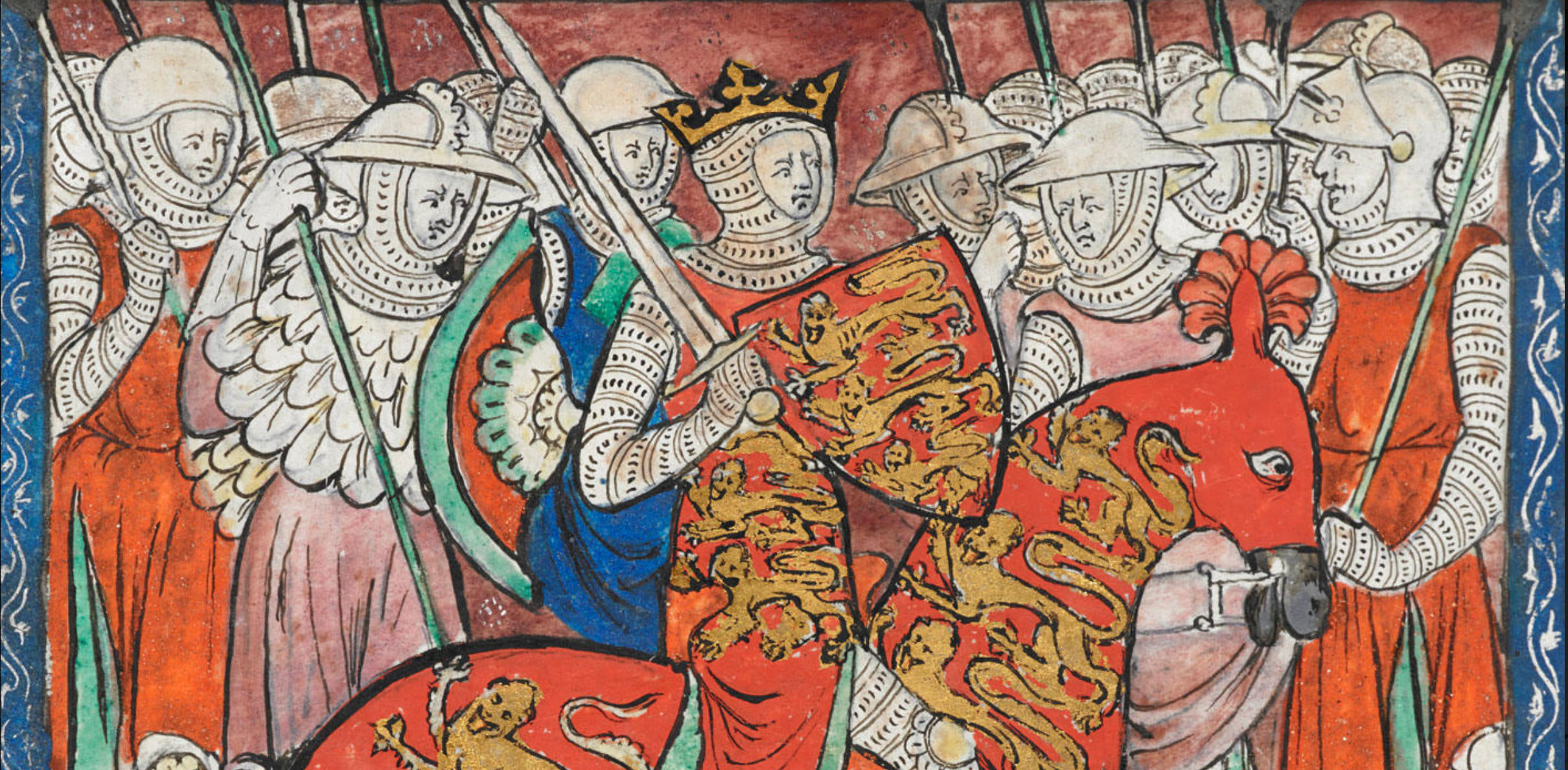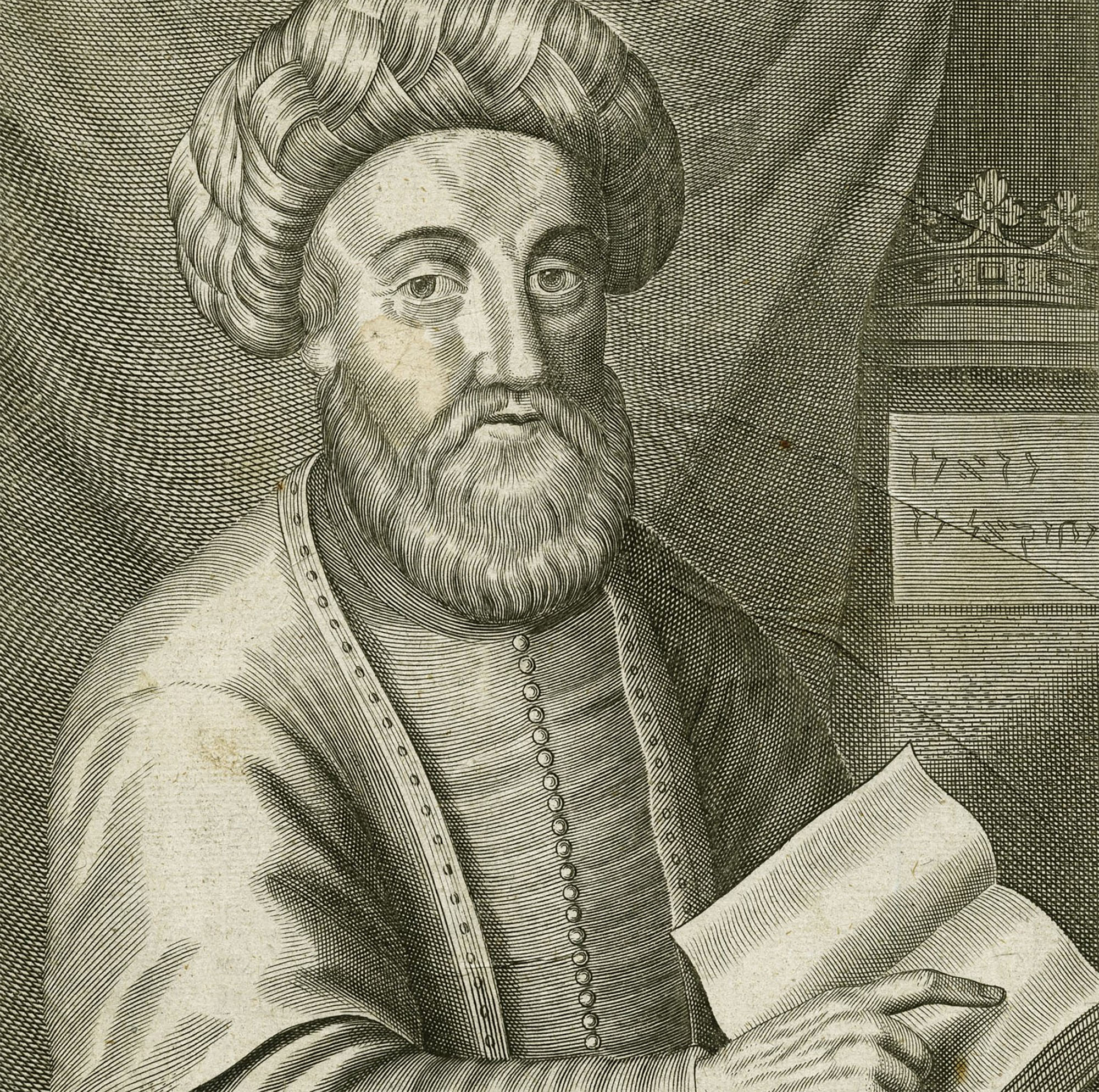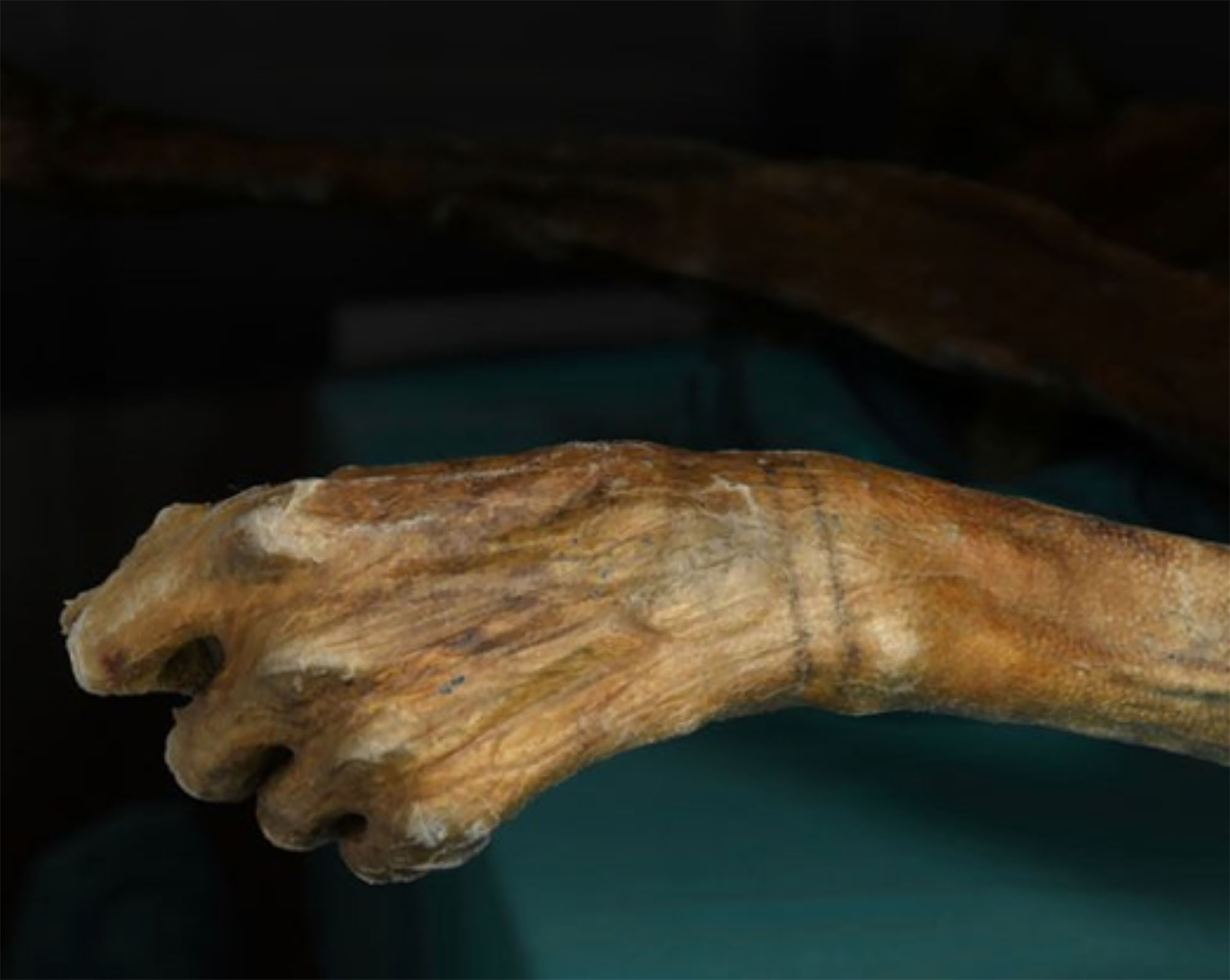Causes of destruction of art

London, 10 March 1914. Mary Raleigh Rochardson (1889-1961), suffragist and WSPU member, entered the National Gallery with a knife in the dress. When he reached the height of Diego Velázquez's famous Mirror Venus, he stabbed the canvas seven times until he was arrested by guards.
It wasn't the first or last attack of a work of art. In these cases the press often talks about vandalism, but it is not a correct word. Vandalism is the unjustified destruction of heritage, while behind these acts there is a religious, political, social reason, etc. It's called iconolasia.
This concept has historically been mainly associated with religion. In ancient Egypt, Pharaoh Aegon destroyed the images of the god Amon to establish the worship of the god Athon. Also, after the end of Aquenathon's mandate, an attempt was made to destroy the legacy left by the old Pharaoh to restore the old order, but it was not entirely achieved because some works of his time lasted, such as the bust of Nefertiti, wife of Aquenathon.
What the suffragettes did 110 years ago represented a change in the Iconoclast action. Until then, the goal was to destroy the works of art themselves, and what they represented. And the press of the time also interpreted the attack on the painting.
Probably the most well-known religious iconoclasm in history was an offensive against the 7th century Christian images of Bizantzio, but Christians, Catholics and Protestants would continue to push actions to destroy religious images.
Political reasons have also driven iconocllasia. In France, after the revolution of 1789, with the intention of eliminating the symbols of the Old Regime, it was thought to build a machine to destroy the Gothic churches in 24 hours, although it was not finally done. And the states of the political leaders there and here are still being destroyed.
But what the suffragettes did 110 years ago was a change in the iconoclastic action. Until then, the goal was to destroy the works of art themselves, and what they represented. And the press of the time also interpreted the attack on the painting: it symbolized that the naked venus was considered an object by women and therefore wanted to destroy it. Richardson himself denied it, the box was not the goal, but the medium. The venus was stabbed by the cause of the suffragettes.
Attacks on well-known works of art in recent years have also been aimed at drawing attention. In October 2022, at the National Gallery in London itself, activists launched a soup to the play Van Goghen Eguzkilore, to protest inflation, without damaging the painting. And recently, environmentalist entrepreneurs have made umpteenth action against the Mona Lisa de Da Vinci, to which they have also thrown soup; entrepreneurs knew perfectly well that the soup was not going to touch the box because of its protective structure.
And yet many media outlets see it as vandalism. They forget or conceal, however, that the expolio, the black market and the speculation of works of art harm artistic heritage much more than those concrete acts.
York, England, 2nd century. Various structures and houses were built in the Roman city of Eboracum. Among others, they built a stone building in the present Wellington Row and placed an arch in the wall that crossed the Queen’s Hotel. Both deposits were excavated in the second... [+]
It has been considered that the wine drank by the ancient Romans was a poorly made wine, without body and with an unpleasant taste. But the work that researchers at the universities of Ghent and Warsaw have published in Antiquity has provoked the withdrawal of this belief.
The... [+]
Hastings (England), 1066. The army of the Duke of Normandy I of Gil conquered the troops of King Harold II and conquered the throne. Gil's conqueror I was king until 1087.
In this reign after the Norman conquest, the rebellion organized uprising, effective administration and the... [+]
Esmirna (Turkia), 1647. Sabbatai Zevi rabinoak (1626-1676) bere burua mesias izendatu zuen. Autoizendatze horrek ez zuen une horretan oihartzunik izan. 1651n Esmirnatik egotzi zuten eta hainbat urtetan Grezian, Trazian, Palestinan eta Egipton ibili zen, noraezean. Baina 1665an... [+]
1991n Alpeetan Ötziren gorpua aurkitu zutenetik, egoera oso onean kontserbatutako 5.000 urteko arrastoak ikerketa asko egiteko erabili dituzte. Hasieratik arreta eman zuten azalean zeuzkan 61 tatuajeek. Adituek uste zuten tatuaje horiek azalean ebaki txikiak eginda eta,... [+]











